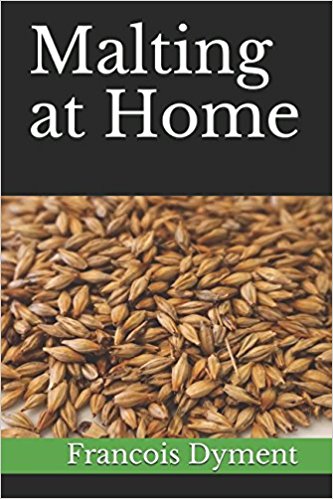Here’s some very useful information on malting from “A Textbook of Brewing” by Jean De Clerck published in english in 1958. These are not quotes, I’m just paraphrasing and adding my own thoughts:
On floor malting;
Firstly, the length of time malt spends germinating is much longer than I previously thought. The longer the germination the more enzymes develop. 10 -11 days in Great Britain to produce a fully modified malt for single infusion mashes. 7-8 days for the less modified malts on the continent.
Recommended germination temperatures 15-18 C for pale malts 20-25 C for dark malts.
Modification continues even when the roots start to wither. So no need to keep spraying water to keep the roots healthy looking. You actually want growth to slow down. The most active growth period is from day 3 to day 6. The build up of CO2 will also slow growth without inhibiting enzyme development, so a box with a lid is a good idea although I wouldn’t recommend plastic as it may encourage mould to develop.
The length of the acrospire is not a good way to judge the level of modification. Sometimes internal modification does not proceed as well as the growth of rootlets and acrospire. If this happens the temperature must be increased to 20-25 C even for pale malts. At higher temperatures roots can become tangled and matted together.
When highly modified malts are required eg. Munich malt, the rootlets are allowed to become matted which makes turning difficult and a plow type tool must be used to break it apart.
A better way to judge if the malt is modified is to observe the friability of the corn. To do this cut the barley corn along it’s length with a fingernail and rub between thumb and forfinger. If it spreads evenly and is relatively dry and chalky it is well modified. If not the contents of the corn roll into a ball between the fingers.
Happy malting!







